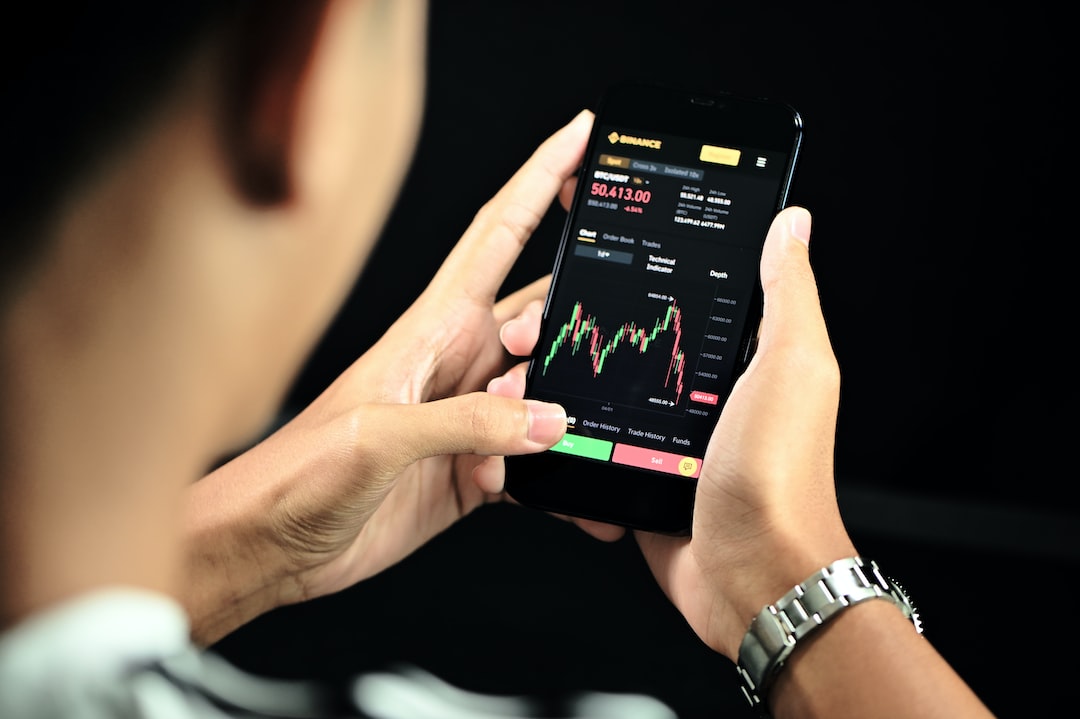Introduction
The foreign exchange market, commonly known as forex, is the largest financial market in the world, with a daily trading volume exceeding $5 trillion. Forex trading involves the exchange of different currencies, and its history dates back to ancient times. In this article, we’ll delve into the origins of forex trading and trace its evolution throughout the centuries.

Image: blog.dhan.co
The Ancient Roots of Forex Trading
The concept of currency exchange has existed since ancient civilizations. Traders from different regions would exchange goods and services, and the value of their currencies would determine the exchange rate. Early forms of forex trading can be traced back to the Babylonian civilization, where merchants used clay tablets to record currency exchange transactions. During the Greek and Roman empires, coins of different denominations and purity were used as a medium of exchange, leading to the need for standardized exchange rates.
Medieval and Renaissance Exchange
In the medieval period, the rise of trade fairs and merchant guilds facilitated cross-border transactions. Money changers played a crucial role in exchanging currencies, and their operations became more formalized in the Italian city-states during the Renaissance. The introduction of bills of exchange, which allowed merchants to transfer funds across borders, marked a significant development in forex trading.
The Emergence of Modern Forex
The modern forex market as we know it today started taking shape in the 19th century. The adoption of the gold standard, which pegged national currencies to the value of gold, created more stable exchange rates and increased international trade. The establishment of interbank dealings and the development of telegraph and telephone networks allowed for faster and more efficient communication between traders globally.

Image: www.forex.academy
The Post-War Era
After World War II, the Bretton Woods system was established to maintain fixed exchange rates. However, the fixed exchange rate system eventually collapsed in the 1970s due to economic pressures and speculative activities. This led to the adoption of floating exchange rates, which allowed currencies to fluctuate freely based on supply and demand. The floating exchange rate regime has been the prevailing system in the forex market ever since.
The Rise of Electronic Trading
The 1990s and early 2000s witnessed the advent of electronic trading platforms. These platforms streamlined trading operations, reduced transaction costs, and made forex trading accessible to a wider range of participants. The internet and the development of advanced trading software enabled traders to execute trades quickly and efficiently, further transforming the forex market.
The Global Marketplace
In recent years, forex trading has become increasingly globalized. The interconnectedness of economies and the rise of multinational corporations have increased the demand for валюты exchange. Moreover, the emergence of emerging markets has created new opportunities for forex traders, providing access to a diverse range of currency pairs.
When Did Forex Trading Start
Conclusion
The history of forex trading is a fascinating tale that spans centuries and reflects the evolution of global commerce and finance. From the ancient origins of currency exchange to the modern electronic trading platforms, the forex market has continuously adapted to meet the needs of international trade and investment. Today, forex trading remains a vibrant and dynamic market, offering opportunities for both individual traders and institutional investors.
As the world continues to become more interconnected, the demand for forex trading is likely to grow, and the market will continue to evolve to meet the changing needs of the global financial landscape.






